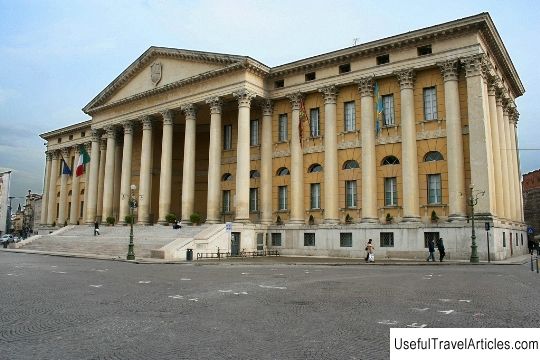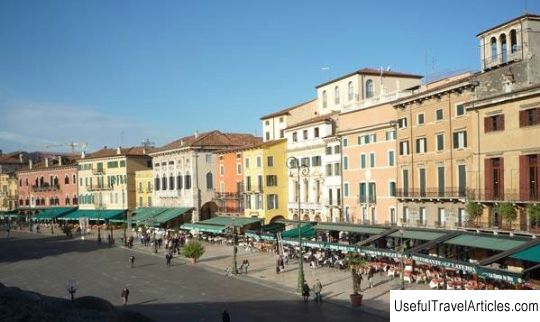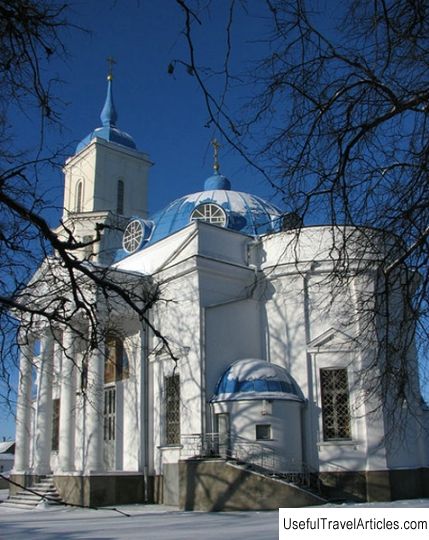Palazzo Barbieri description and photos - Italy: Verona
Rating: 8,6/10 (1243 votes) 
Palazzo Barbieri description and photos - Italy: Verona. Detailed information about the attraction. Description, photographs and a map showing the nearest significant objects. The title in English is Palazzo Barbieri. Photo and descriptionPalazzo Barbieri, located in Piazza Bra in Verona, is a relatively new palace that is now occupied by the City Council. It was built in the first half of the 19th century by the architect Giuseppe Barbieri, whose name it bears to this day. Initially, the Palazzo was called Gran Guardia Nuova, and, according to the plan of the Austrian authorities of the city, was used for military purposes. The Habsburgs located in this magnificent building the base of the Austrian troops and from here commanded the defense of Verona, and after the unification of Italy, the Palazzo was turned into the seat of the city government. Since 1874, it has housed administrative offices. Palazzo Barbieri is a huge building, built of tuff in a strict neoclassical style with Corinthian columns and a pronaos (half-open part between the portico and the naos) overlooking a majestic staircase. The round annex at the back was added during a restoration after World War II, in which the Palazzo was severely damaged. The worst bombing raid on Verona took place on the night of February 23, 1945, when a significant part of the palace was destroyed. Fortunately, after the war, the Palazzo was rebuilt in record time. The interior of the palace is striking in its severity and grandeur at the same time. In the Hall of the City Council, you can see an incredible canvas by Felice Brusasorzi, and in the Hall of Arazzi, a painting by Paolo Farinati, both of which were painted in the 16th century. There is also a small fresco from the second half of the 14th century, which depicts the crucified Jesus Christ, Madonna and John the Baptist. The author of the fresco is unknown, and she herself was donated to the City Council of Verona in 1901. The name of the Hall of Arazzia, which means "Hall of Tapestries" in Italian, comes from the collection of handcrafted textiles that were exhibited here after the war. In 1996, the tapestries were given for restoration. Nevertheless, two canvases of the 16th century are kept here today: one depicts "Dinner at the Levi's House" by Veronese, the other - "The Victory of the Veronese" by Paolo Farinati. In addition, in the Palazzo Barbieri, you can see several more interesting paintings from different eras - images of Piazza del Erbe, painted in 1839 by the artist Carlo Ferrari, works by Angelo Dall Oca Bianca and Eugenio Gignous.     We also recommend reading Mountain Sinjajevina description and photos - Montenegro: Mojkovac Topic: Palazzo Barbieri description and photos - Italy: Verona. |




